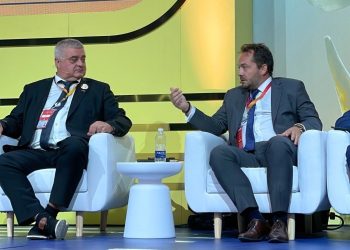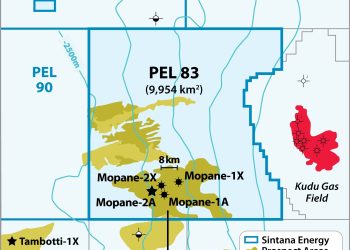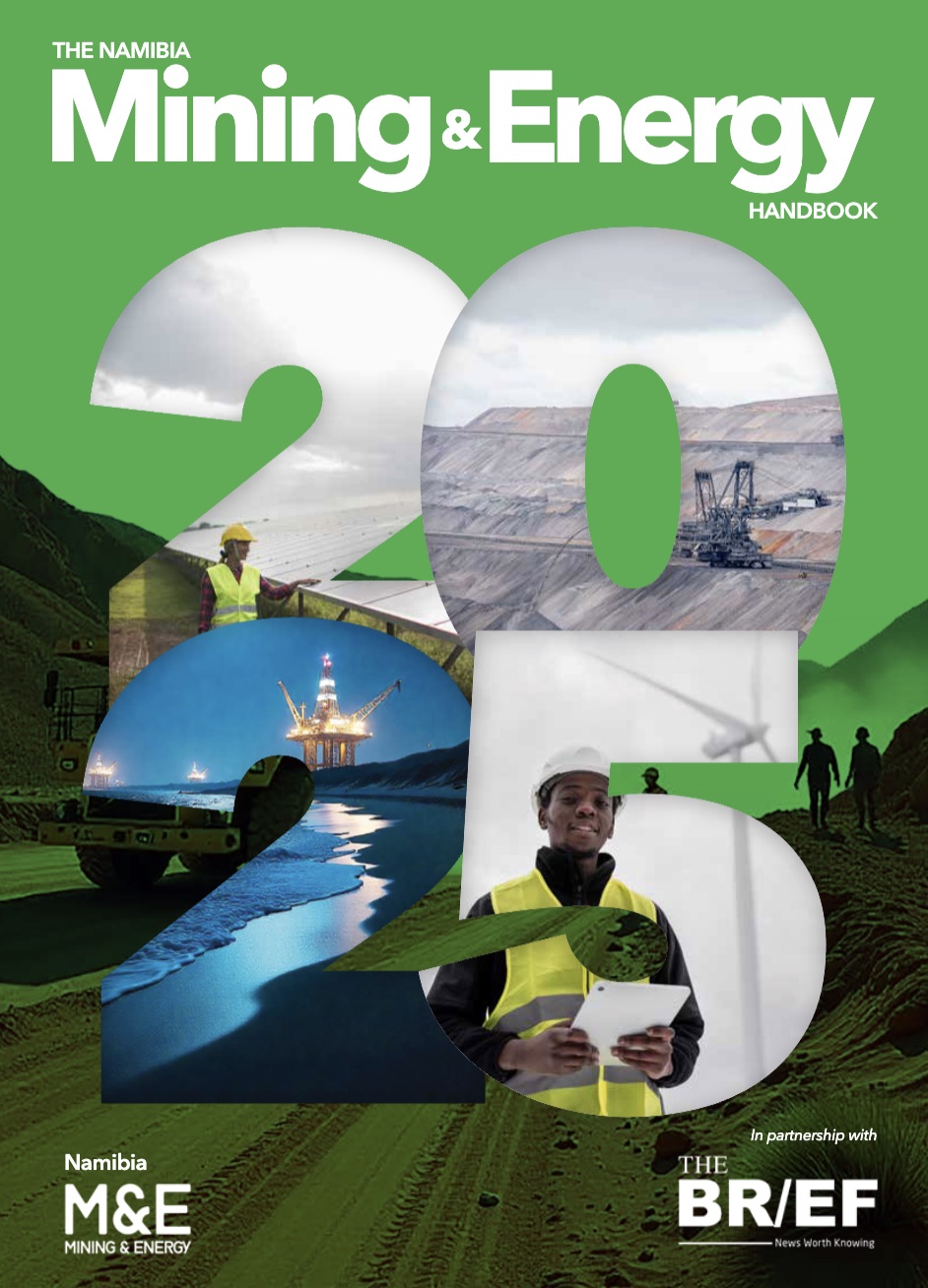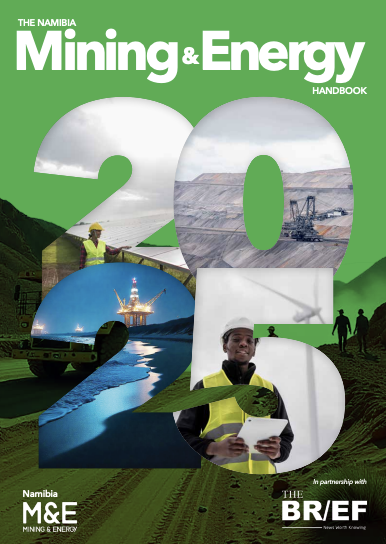
By Michelle Ngaujake
Beneath the headlines of discovery, a different story unfolds. Billions in commitments are quietly shaping the stability that will safeguard Namibia’s oil and gas future.
While the world waits for breakthroughs, a critical and deliberate process is taking place.
This is the Ghost Phase before First Oil.
Oil and gas projects often pause for a range of operational reasons, like waiting for environmental clearances, mobilization windows, engineering revisions, offshore weather delays, permit bottlenecks, or equipment stuck in customs.
These pauses are temporary. What we are really talking about here is a deeper, strategic silence before a Final Investment Decision.
This phase is far from inactive. It is the invisible engine that carries a project from discovery to first oil. Every step is calculated, every decision deliberate, and every negotiation shapes the project’s path. To an outside observer, it may seem quiet, almost still.
But beneath the surface, strategy, commercial planning, and governance are moving, making sure that when the FID comes, the results are strong for both Namibia and its investors and that shareholder value is safeguarded.
The Risk of Misreading the Ghost Phase
The calm of this period can be misleading. Some may see it as hesitation or delay, and that can spark speculation and pressure. Misreading the Ghost Phase can lead to rushed decisions, misaligned expectations, and unnecessary noise in the market.
In reality, this is the time for operators to refine development options, assess project economics, and weigh long-term costs and benefits. Governments use it to make sure fiscal, permitting, and regulatory processes are ready. Every careful decision reduces risk and ensures that when FID is reached, it is credible, robust, aligned with both investor interests, and protects shareholder value. At the same time, it is important that this phase does not stretch unnecessarily, as prolonged delays can test investor confidence and patience.
Lessons from Around the World
Namibia is not alone in navigating this phase. Other producers have shown us patterns worth noting. Ghana’s Pecan field revealed how long the pre-FID period can stretch when commercial structures, FPSO sourcing, and local participation frameworks take time to align. Even promising discoveries can take longer than expected when negotiations are patient and deliberate to protect project economics.
Guyana, in contrast, shows how regulatory predictability and clear permitting pathways can shorten the Ghost Phase and maintain investor confidence while safeguarding shareholder value. Norway provides a further lesson from a mature market, showing how careful sequencing of approvals, negotiations, and infrastructure planning prevents last-minute surprises and ensures strong commercial alignment.
Namibia can take these lessons and apply them to its frontier conditions. Consistent dialogue, phased local content planning, and coordinated regulatory processes reduce uncertainty and build the confidence needed for a well-timed and well-structured FID that delivers lasting benefits for the country, investors, and shareholders. Managing the timing carefully ensures that the Ghost Phase remains a strategic tool rather than a source of frustration.
Namibia’s Position and Opportunity
The Ghost Phase here is intensified by deepwater complexity and frontier risk. Operators are reviewing floating production platform options and weighing the benefits of new builds versus refurbished FPSOs. Frontier conditions make these choices particularly challenging.
Operators are also structuring long-term agreements to balance investment, operational, and environmental considerations with project performance. This ensures commercial viability while protecting investor confidence and shareholder value as the project moves toward FID. Careful sequencing and timing are essential to avoid extending the Ghost Phase beyond what is strategically useful.
Government and operators are tackling project-specific challenges beyond statutory requirements. They negotiate to rebalance stakeholder interests and safeguard projects against political shifts. This work ensures that operational and commercial plans remain feasible and that development aligns with long-term national goals.
National initiatives such as NECIDP and PetroFund prepare local businesses and professionals to take part meaningfully. These programs create an invisible scaffolding that connects government, investors, and operators. When FID comes, it delivers enduring value for everyone involved.
The Quiet Work of Today, the Breakthrough of Tomorrow
The Ghost Phase may look calm, but it is full of strategy. Preparation, negotiation, and alignment are shaping a commercially strong project, protecting investor confidence, and safeguarding shareholder value, which is the very foundation of why investors choose to commit. At the same time, it is important to recognize that a Ghost Phase that stretches too long can test investor patience and confidence, so careful timing and clear milestones are critical. The quiet work being done today lays the foundation for breakthroughs tomorrow. In this silent battlefield, patience, foresight, and diligence are what will drive Namibia’s oil and gas future.
*The opinions expressed in this article are solely those of the author and do not reflect the views of her current employer. They aim to foster constructive dialogue within the industry.
The Author: Michelle Ngaujake is an oil and gas professional based in Namibia. She holds an LLM in Oil and Gas Law from the University of Aberdeen (Scotland), among other qualifications. With over two decades of experience spanning government relations, business strategy, regulatory affairs, and investment policy, she brings a unique, cross-sector perspective to the energy space. Her writing explores the intersection of natural resource governance, investor confidence, and inclusive economic development.







